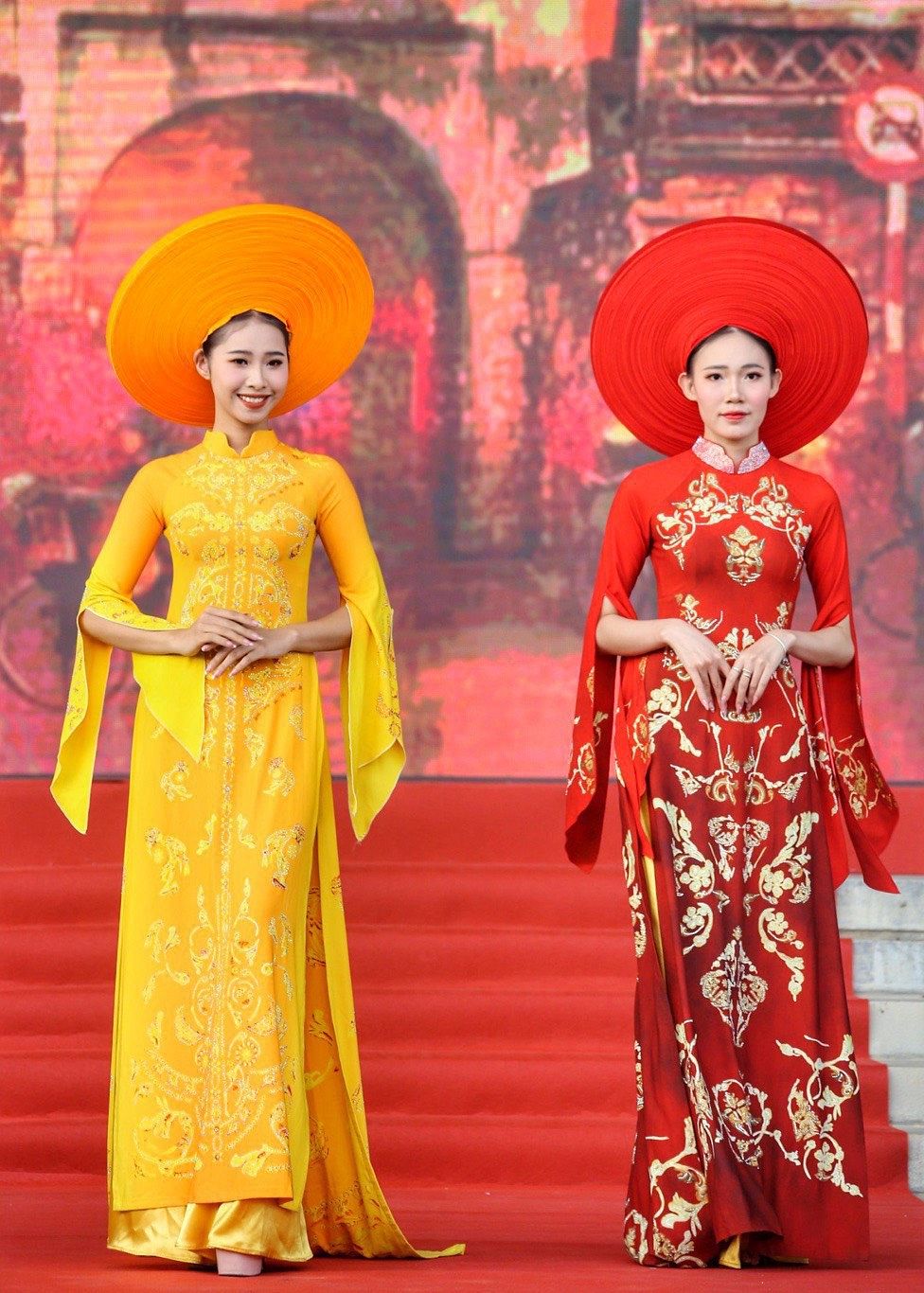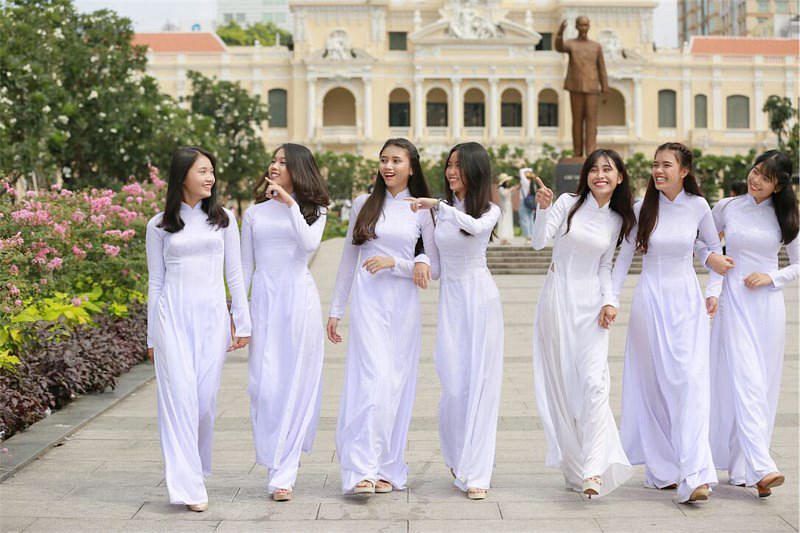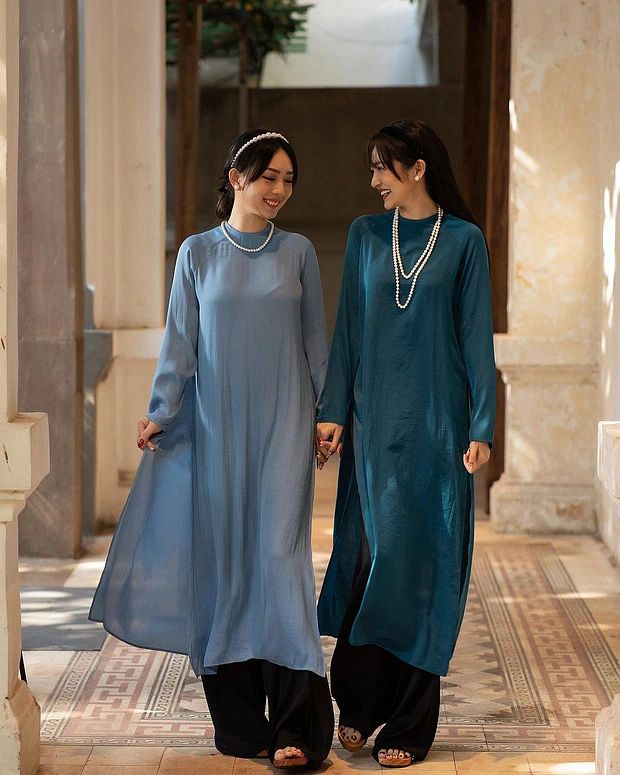High school can be a frustrating time in virtually every culture, as seen from the myriad of coming-of-age movies depicting the range of clichés, stereotypes and expressions of teenage angst we all go through. To a female high school student in Vietnam like me, a unique cultural feature that adds another layer to the growing pains is the áo dài uniform I must wear every Monday.
This regulation was the sole reason behind an irregular meeting between my mother and a teacher in my senior year. Normally, even girls who are annoyed at being forced to wear the traditional dress would just abide by it, because it's rather inevitable and not worth the trouble to go against. So the fact that I continuously refused to wear áo dài for weeks on end seemed like a cry for help to my form teacher at the time, as he thought I was going through a tough time at home. Little did he know, my opposition to wearing áo dài as a uniform did not stem from hatred for the clothes; in fact, it wasn’t even about áo dài to begin with, but the feminine image that teachers so relentlessly tried to mold us into when wearing áo dài.
Tháng Giêng
2024
January

Tháng Giêng
2024
January

Áo dài these days come in all shapes and styles, in addition to the traditional silhouette, there's áo dài dáng suông with a loose fit, while áo dài cách tân is tailored in a variety of colors and fabrics. In the education setting, however, áo dài truyền thống remains the single shape accepted by school administrators. It has always been the dominant cut of áo dài, but its form-fitting bodice is not for everyone. The tight fit hugs your body, making it difficult to navigate everyday activities, and the way it contours the waist doesn’t suit any teenage girl without the slender physique or confidence to wear it.
Tháng Giêng
2024
January

As an adolescent struggling with weight and body image issues, I mostly felt as if all my insecurities were on display for the whole world to see while wearing the áo dài uniform. But the most frustrating thing about wearing áo dài at the time was how my teachers kept imposing a restricting set of qualities on girls when in áo dài. We were told to be dainty and demure, to walk and speak softly and to look our prettiest when in the attire, to look fresh and smiley even when feeling uncomfortable, because a woman should always prioritize being beautiful over being comfortable in her own skin. Áo dài then, to me, felt like a tool used to impose a traditional ideal of femininity on us, one that emphasizes a girl’s appearance above all else.
I was 23 years old when a friend of mine suggested renting áo dài to wear for Tết in 2023. I was taken aback at the suggestion because in our circle of friends, few were excited at the idea of wearing áo dài before. I was reluctant to participate in the idea as I’m constantly reminded of how uncomfortable my experience with áo dài in school was. But this time, there’s no teachers trying to dictate my feelings and manners, so I gave the idea a shot. After spending some time searching, I finally settled on a loose-fit áo dài dáng suông with a dark green and mustard yellow combo, which somehow fit me perfectly. Playful and fun are two states of mind I had never associated with áo dài before, but at that moment, I was genuinely happy with an outfit that had once seemed to represent all the qualities I don’t resonate with.
My relationship with áo dài reflects the journey I had in discovering my own identity — from frustration over not fitting into the traditional Vietnamese image of femininity, to finally finding my own comfort and place in the culture.















